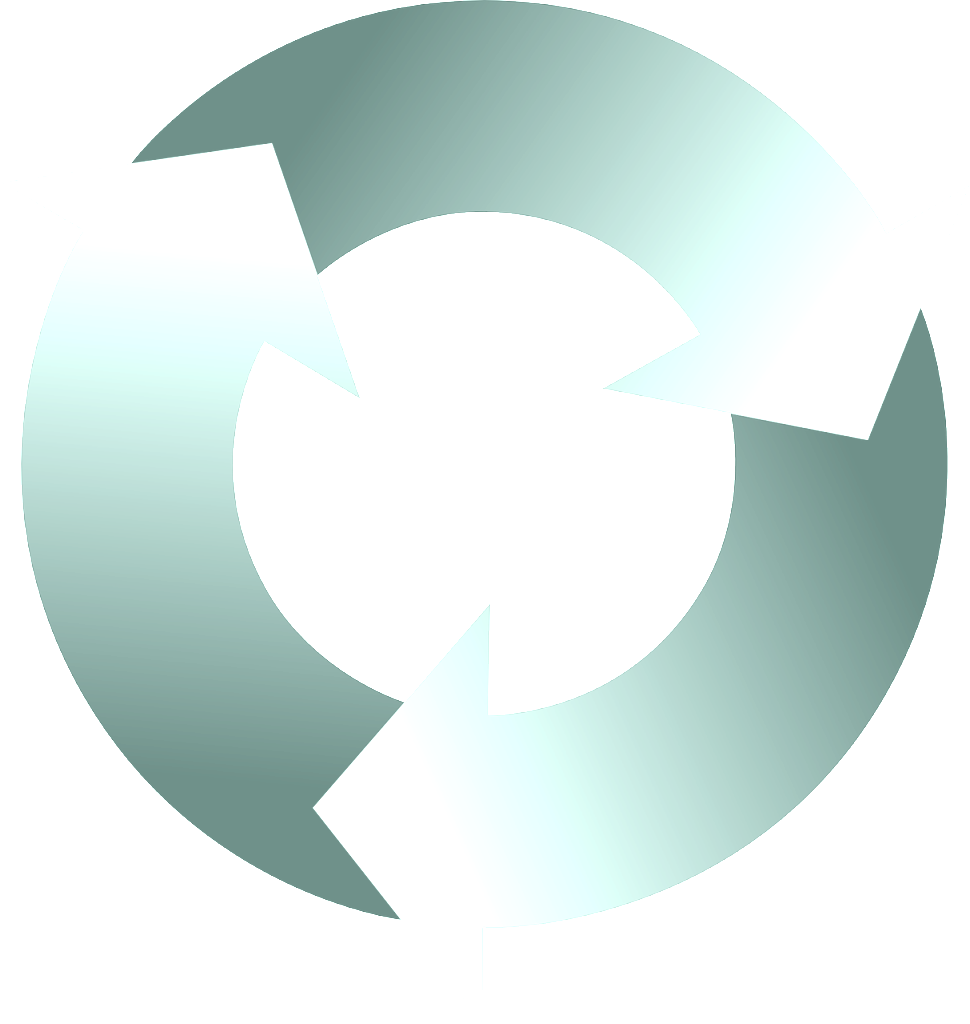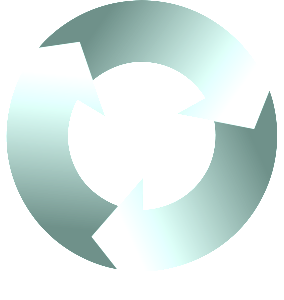
One of the most amazing aspects of being a Business Coach working with growth companies is seeing patterns and issues that most companies face. For companies in the $5M to $15M revenue range, the major thing holding the company back is the inability to Scale Sales. As I have said before, the strength of the entrepreneur or founding team is generally the weakness of the organization. So are YOU the bottleneck?
Scaling Sales can be a complex topic for sure. And company leaders today are tasked with having to sort out all of the advice, sales channels, strategy, etc., on their own. There is not much coordination going on, and everything is a test to see what might stick.
Here are 9 questions to ask yourself and your leadership team to begin Scaling Your Sales:
- Is your strength in sales holding the company back in developing its own sales muscle?
- Do you have your Core Customer’s buyer persona clearly identified? (If you’re not sure, request our free Breakaway Move toolkit – Part 2 of the two-part series will help you with this critical task.)
- Is your company Referable? (This means you’re doing great work!)
- How does your Core Customer buy? How do they learn? How would they find you?
- Do you realize it takes more than just a website to Scale Sales?
- Does your company have clear differentiators? Are you easy to find in a crowded field?
- Do you have (or are you prepared to hire) more than one sales person? This reduces the risk of starting over if your sole sales person leaves.
- Can you outline the difference between Marketing and Sales? (Hint: marketing sets the stage for a sale.)
- Have you created a buyers journey? How are your prospects going to participate in the sales cycle?



 I facilitate planning retreats every week and I’m always fascinated by the concept of the CASH CONVERSION CYCLE and how it engages every person in the room. Typically, the concept of cash is left to the business owner and the Controller and/or CFO. Cash is like oxygen for the business. Without it, the business simply dies. So the question is “how can we generate as much cash as possible to fuel growth and reduce the need for outside financing?” There are four parts of the CASH CONVERSION CYCLE and all four need to be analyzed and shortened as much as possible:
I facilitate planning retreats every week and I’m always fascinated by the concept of the CASH CONVERSION CYCLE and how it engages every person in the room. Typically, the concept of cash is left to the business owner and the Controller and/or CFO. Cash is like oxygen for the business. Without it, the business simply dies. So the question is “how can we generate as much cash as possible to fuel growth and reduce the need for outside financing?” There are four parts of the CASH CONVERSION CYCLE and all four need to be analyzed and shortened as much as possible: